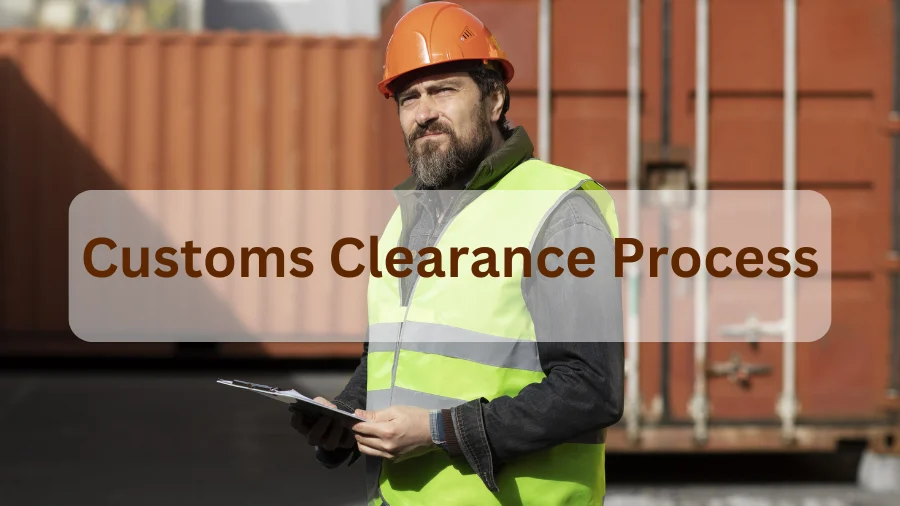If you want your goods to move across borders effortlessly, without the headache of delays, the customs clearance process is the one essential procedure that makes it all possible. As we’ve discussed earlier, customs clearance ensures that your shipments meet all the necessary legal requirements, preventing costly hold-ups and compliance issues. In this article, we’ll walk you through the essential steps of it, so you can navigate this vital process with confidence and keep your goods moving smoothly across international borders. Let’s dive into how it can make it all happen!
What is the Process of Customs Clearance?
The customs clearance procedure involves several essential steps, ensuring that goods are properly documented, inspected, and assessed before entering or leaving a country. Let’s break down each step in detail:
Preparing Documents and Paperwork
Before importing or exporting any goods, you need to gather all the important documents that tell authorities about the shipment each country may have its specific requirements, so it is essential to research and understand what documents are needed.
Submitting the Documents to Customs
Once all the necessary documents are gathered, they must be submitted to the authorities. This can typically be done electronically through an online platform or manually at the office. The submitted documents will be reviewed to ensure they are complete and accurate, providing the customs officials with the necessary information to assess the goods.
Customs inspection and assessment
After submitting the documents, customs may inspect the goods themselves to verify the information. The goal of this inspection is to:
- Check the Goods: verifying that the goods match the description provided in the documents. This could be a simple visual inspection or, for more sensitive or high-risk items, a detailed examination, including lab tests or sampling.
- Assess the Value of the Goods: Determining the value of the goods to calculate the correct amount of duties and taxes. The value is based on the commercial invoice and other relevant factors, such as the cost of shipping and insurance.
If they finds discrepancies or issues during the inspection, they may hold the goods for further review, which could delay the clearance process.
Paying Customs Duties and Taxes
Once the goods have been assessed, the importer or exporter is required to pay any applicable duties and taxes. These charges vary depending on the type of goods, their value, and the destination country’s tariff schedule. It is essential to calculate these costs accurately to avoid delays or additional penalties. Payment can be made directly to customs or through a licensed customs broker.
Customs Release and Delivery
After the duties and taxes have been paid, the goods will be released for final delivery. At this stage, the shipment may be subject to additional security checks or inspections, especially if it contains regulated or sensitive goods. Once cleared, the goods can be transported to their intended destination, either by the importer or exporter or through a logistics provider.
To Successfully Manage the Customs Clearance Process You Should:
- Ensure Documentation is Accurate: Make sure all items and their values are listed correctly in the documents. Mistakes can cause delays or the shipment to be refused.
- Check International Trade Laws: Understand the trade laws and regulations for the goods you’re shipping, as they change often. Know who is responsible for paying taxes and duties (based on Incoterms).
- Consider What Goods You’re Shipping: Some goods (like food, electronics, or chemicals) may need special approvals or agency inspections. So, it is important to contact them in advance to avoid problems.
- Expect Multiple Customs Checks: Your goods will be checked by customs in every country they pass through. Each country has its own rules, so be prepared with the right documents.
- Calculate Your Taxes and Duties: The fees depend on the value of your goods and specific tax rates. Add up the cost of your items and shipping, then use the Harmonized Tariff Schedule to calculate the correct taxes and duties.
Effortless Customs Clearance with IOR Africa
IOR Africa delivers global IOR solutions and trusted EOR solutions that streamline customs clearance and ensure full regulatory compliance across your international supply chain. Leveraging our in-depth expertise, you can confidently navigate the intricate customs clearance process, freeing you to focus on growing your business. Ready to simplify your global trade operations? Complete our consultation form today.

